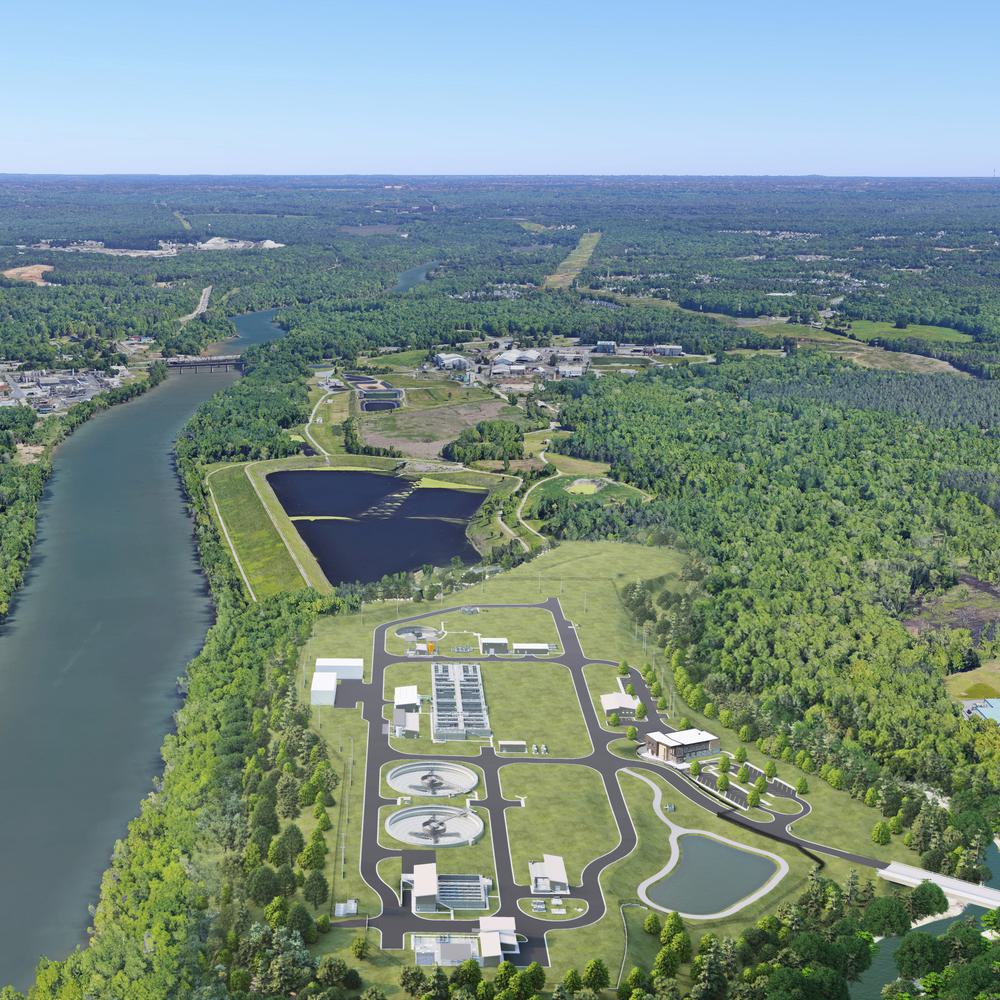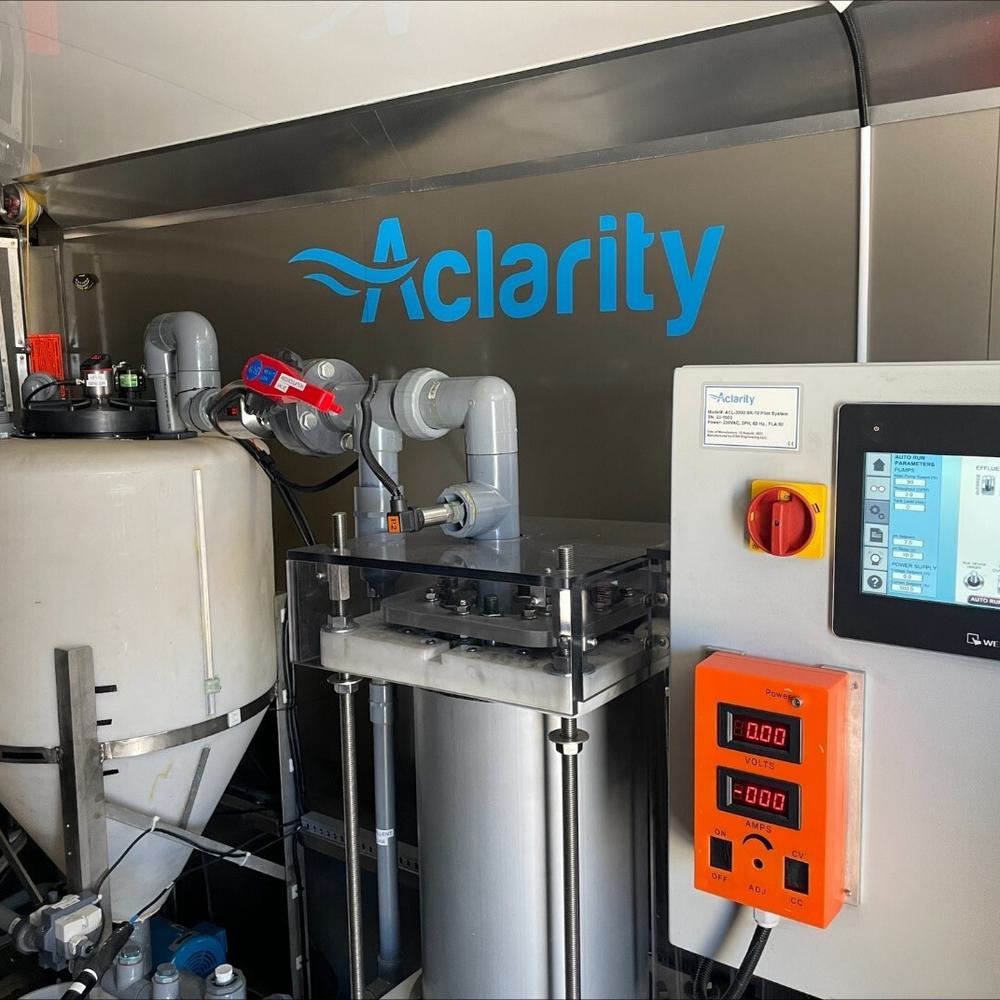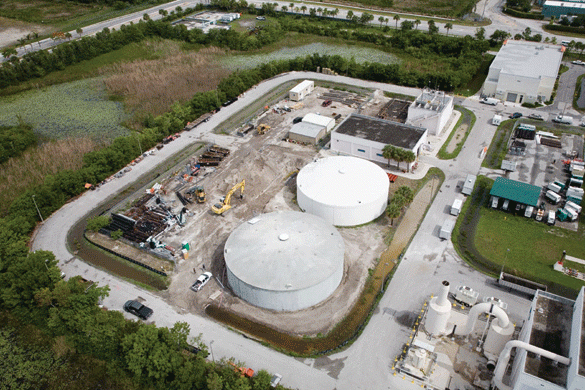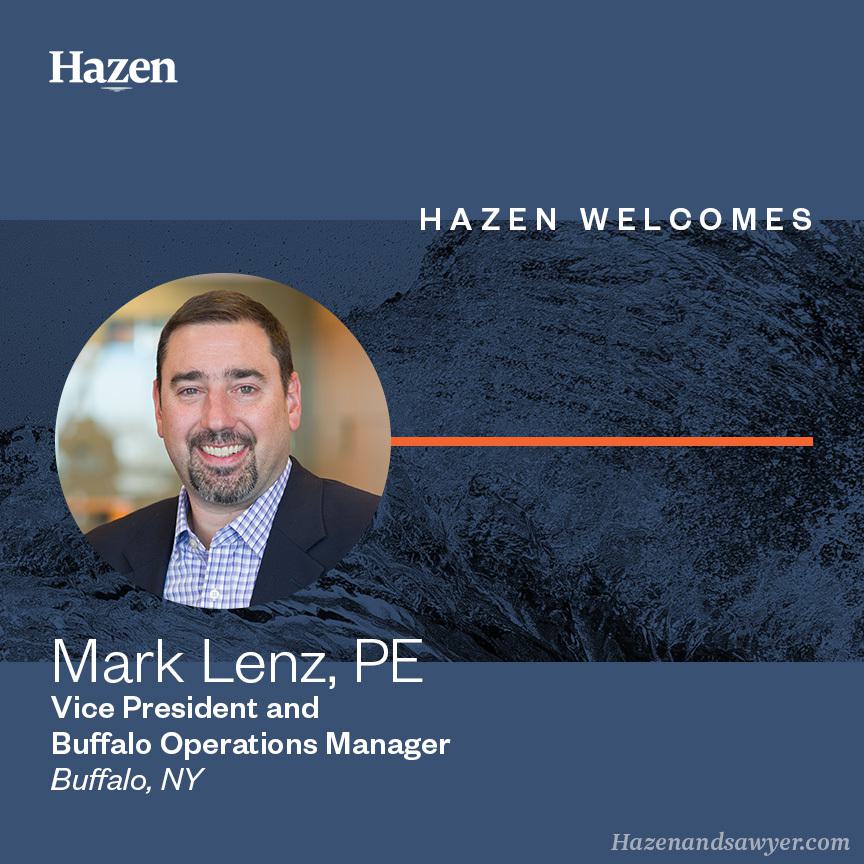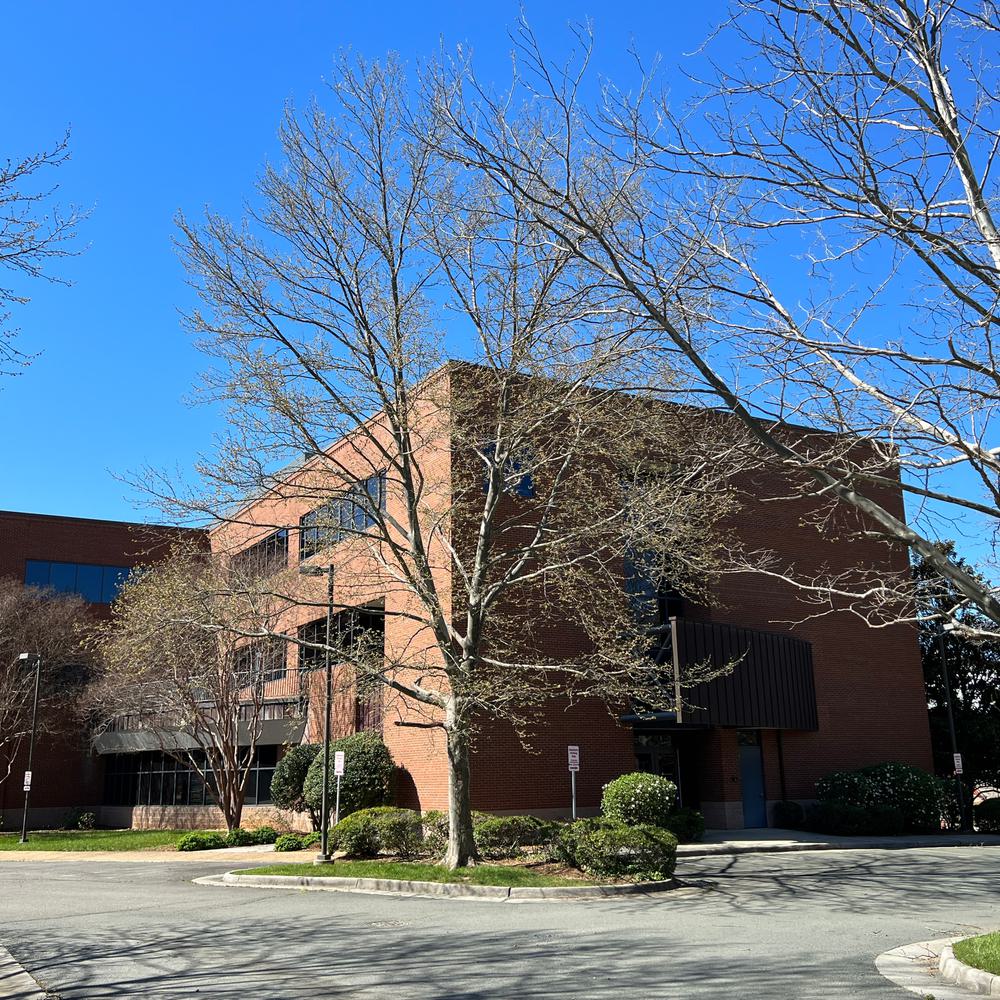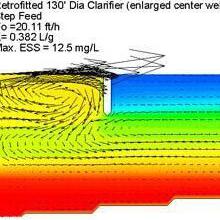Towards a Renewable Future: Assessing Resource Recovery as a Viable Treatment Alternative
Hazen’s 2015 Water Environment Research Foundation (WERF) report provided a state-of-the-science review of extractive nutrient recovery technologies, including participation by over 20 utilities worldwide, an assessment of the U.S. product market, and an interactive technology summary matrix.
Project Outcomes and Benefits
- Provides framework for selecting a nutrient recovery, assessing the benefits of phosphorus extraction, and facilitating rapid adoption of extractive nutrient recovery.
- Identifies barriers to using existing commercial technologies for phosphorus recovery and strategies to implement extractive nutrient recovery.
- Provides a critical compendium of existing extractive nutrient recovery technologies for informed alternatives assessment, including market potential for recovered nutrient products.

Dr. Wendell Khunjar is Hazen's Director of Wastewater Innovation and a national wastewater process expert.
Related Topics:
WRRFs face extensive barriers to adopting nutrient recovery processes. This includes a lack of technical knowledge about the variety of processes available, the long-term financial/economic costs, and a lack of regulatory drivers.
At the time of this report, struvite phosphorus recovery was the most established technology for facilitating extractive nutrient recovery at full-scale water resource recovery facilities (WRRFs). Nitrogen-only recovery had not been implemented extensively at WRRFs. Based on historical data, it was estimated that the domestic wastewater treatment industry had the potential to significantly contribute to the fertilizer market. Strategies to facilitate the implementation of struvite recovery and other extractive nutrient recovery technologies were identified in this study.
Based on the review of technology, extractive nutrient recovery will be most viable if employed within a three-step framework: accumulation, release, and extraction.
This research sought to facilitate a more widespread adoption of resource recovery at WRRFs. Three main objectives included:
- Characterize factors influencing the adoption of extractive resource recovery systems.
- Develop guidance for the implementation of extractive resource recovery technologies at WRRFs with a special emphasis on phosphorus.
- Pilot and test innovative extractive technologies.
The study has shown that adoption of extractive nutrient recovery technologies is favorable when the payback periods are less than 10 years and when implementation provides multiple benefits to the WRRFs. Benefits can include improved facility operation, safety, sludge characteristics, biosolids marketability, as well as reduced chemical and energy costs.
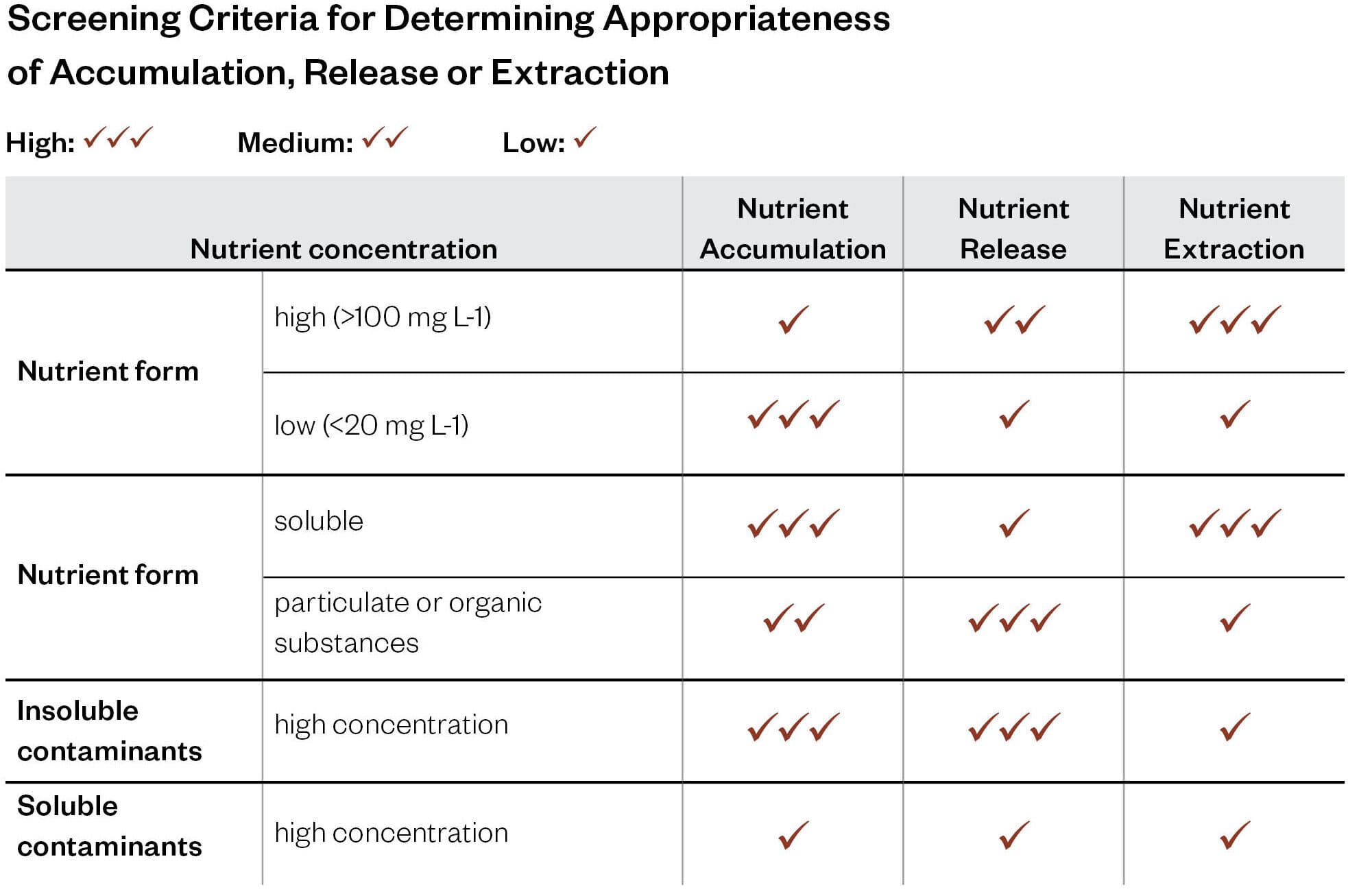
Implementation of extractive nutrient recovery at municipal WRRFs requires careful consideration of a multitude of factors (technical, economic, and social). To help the wastewater industry evaluate potential recovery options, multiple screening criteria were developed. The above table provides initial screening criteria for selecting a technology class based on the waste stream characteristics. The number of checkmarks corresponds to the applicability of the recovery process for the respective waste stream.
